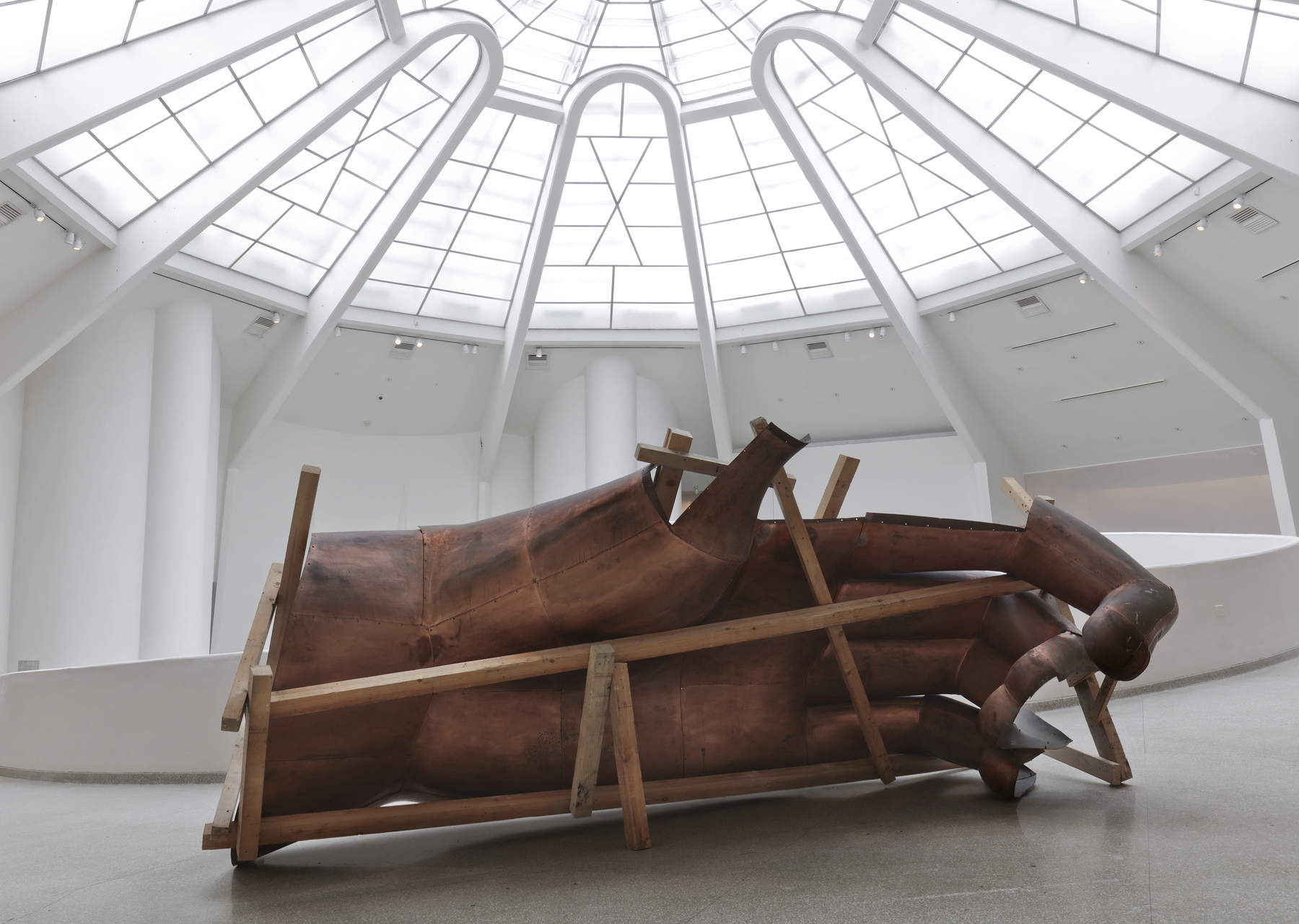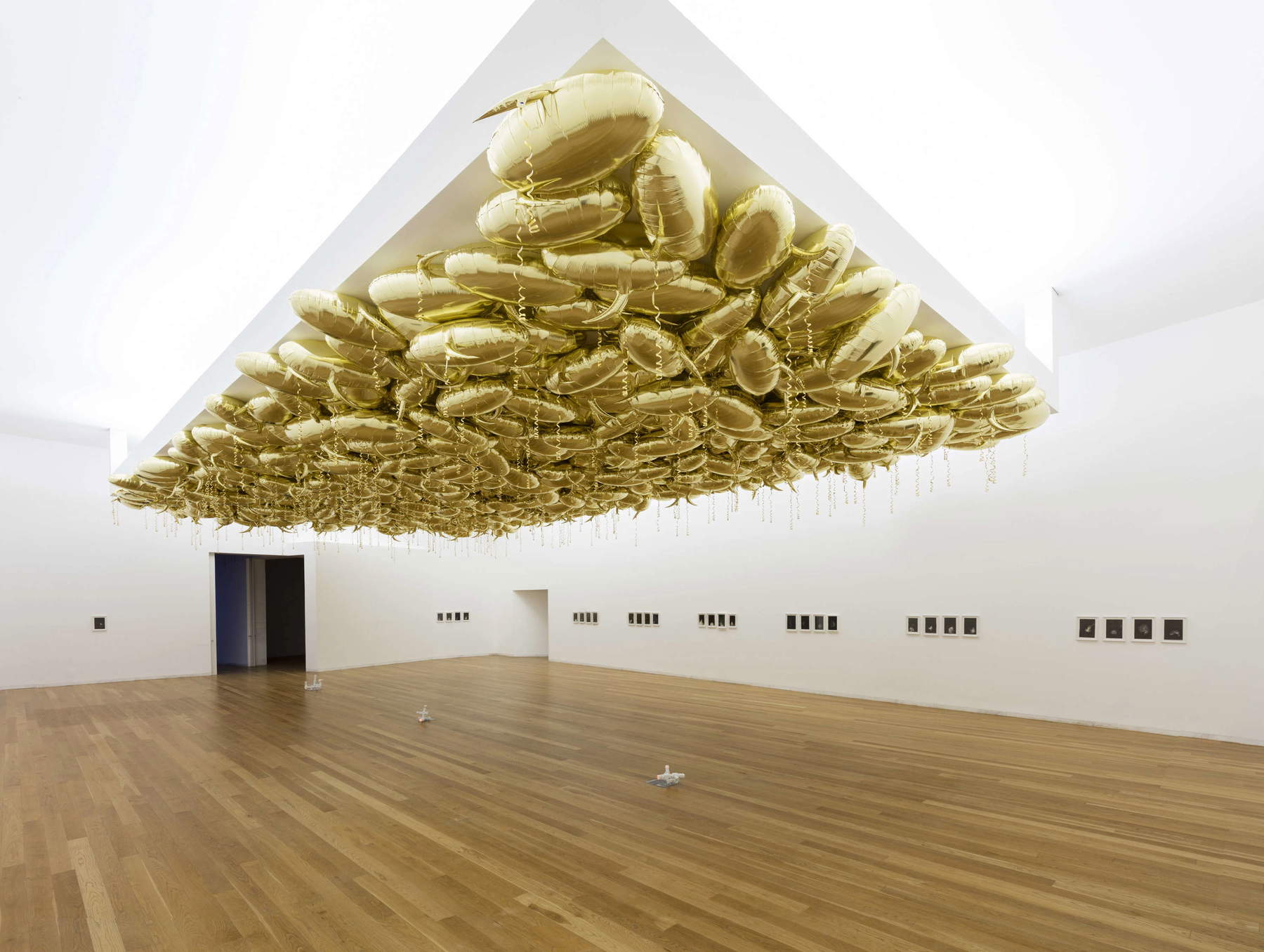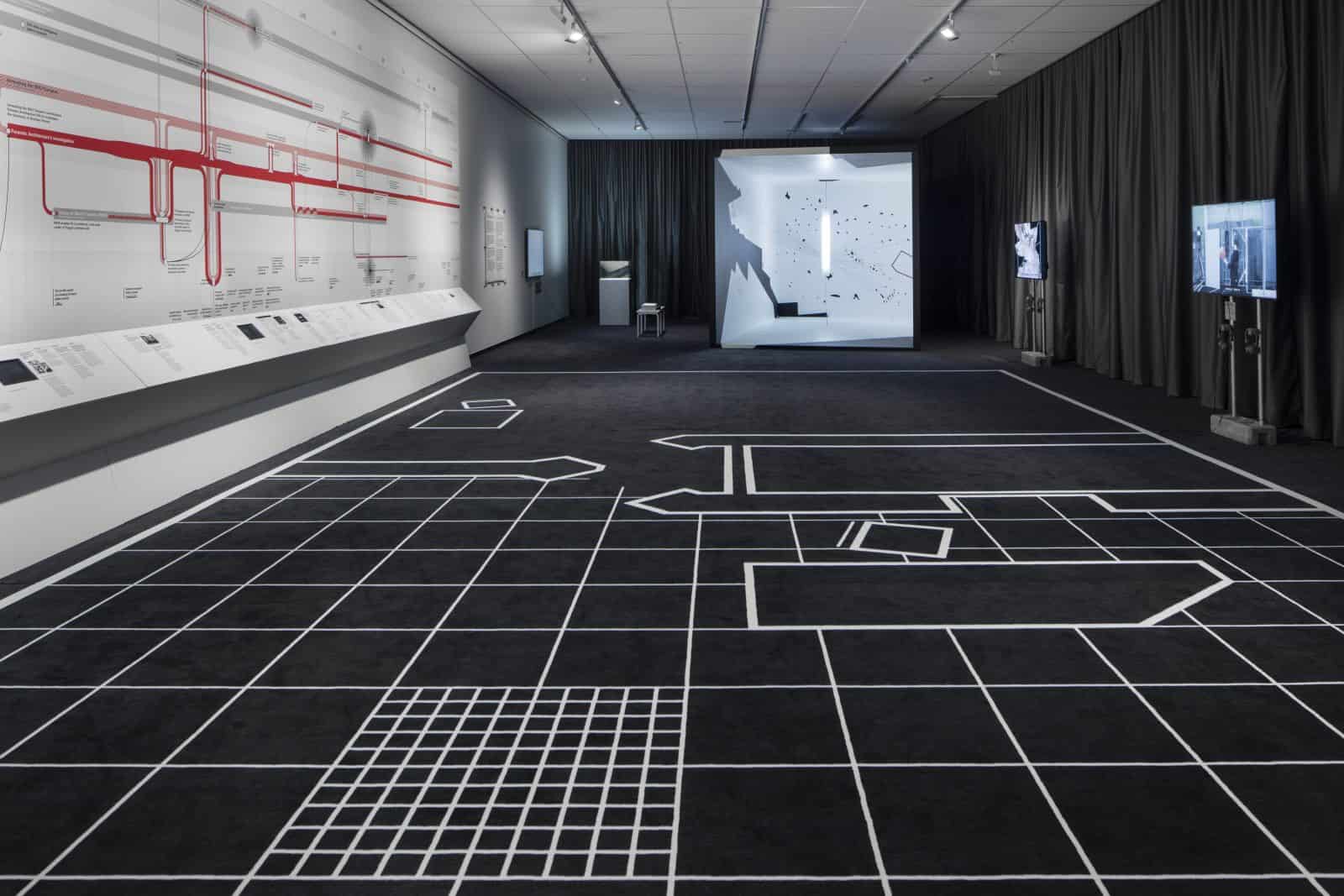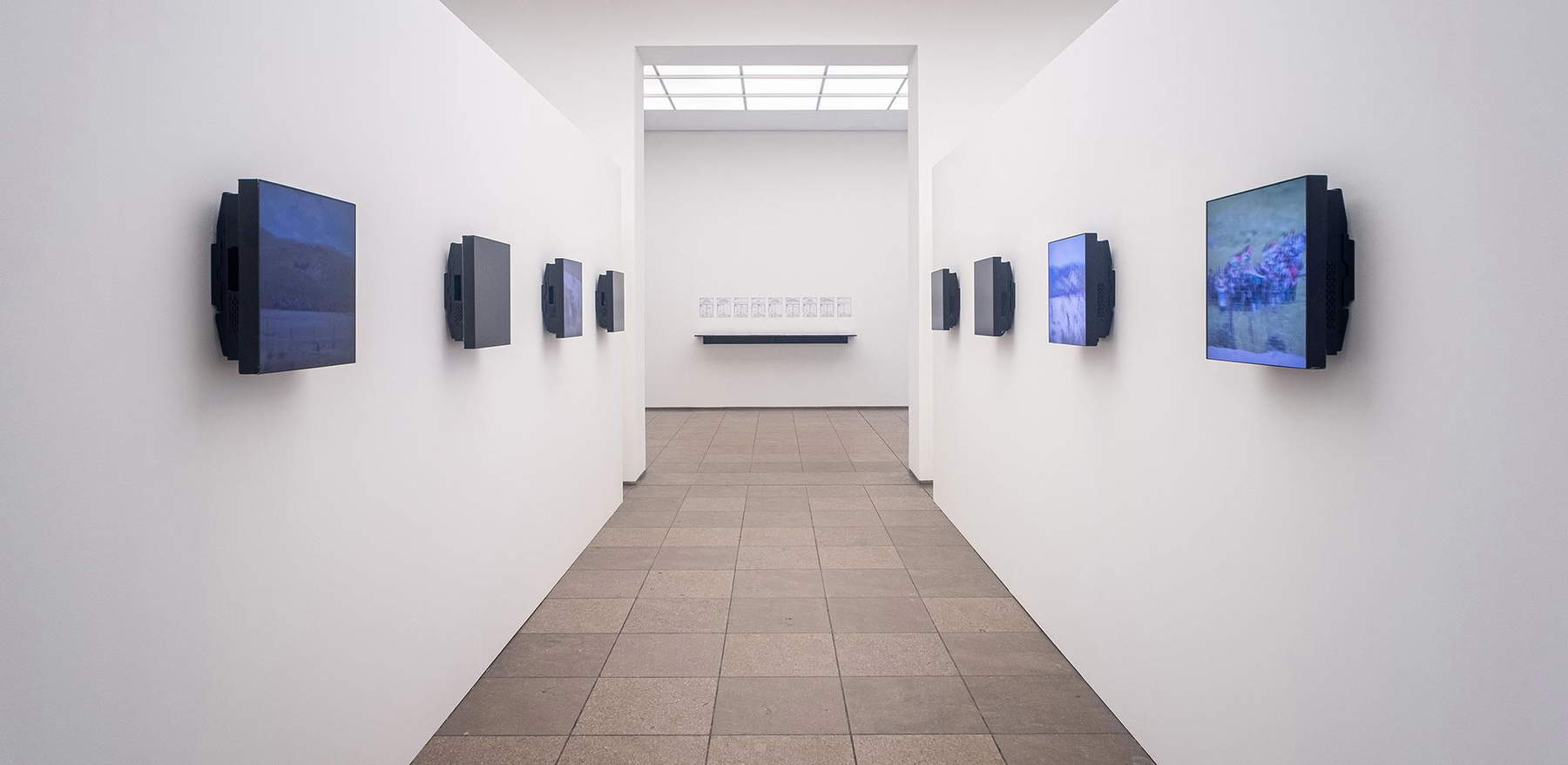There is a phenomenon now familiar to those who regularly attend biennials, fairs, contemporary art museums. In front of a large installation, lights, sounds, eye-catching materials, perhaps a statement of intent half a wall long, one stops, observes, reads the tag and thinks, with some unease: is that all? The impression is that ofart that fascinates for a few seconds, but leaves you empty soon after. Like a beautiful set without a scene, a title without text.
The problem is not new, but it has taken on conspicuous dimensions. In the last decade, there has been anexplosion of spectacular, often monumentalworks, immersed in technological or emotional atmospheres, which, however, on closer inspection, do not communicate much except their very presence. They are visually powerful but content-wise weak installations, resting on vague, repeated concepts, diluted in an aesthetic that seems to want to make up for the absence of substance with form. And what is striking is that these works do not come from young people seeking visibility, but from established artists, represented by major galleries, present in public collections, awarded and celebrated on a regular basis. This is, for all intents and purposes, a failure of the post-conceptual language, which seems to have lost the rigor of its origins and turned into a self-referential productive machine.
Conceptual, in its original form, was born to remove the material fetish from the work, to put the idea, the thought, the relationship at the center. It is a dry, often invisible art that rejects aestheticization and asks the audience for an interpretive effort, a critical participation. Joseph Kosuth, Lawrence Weiner, On Kawara, Douglas Huebler: these are artists who construct through language, time, seriality, absence. The post-conceptual, at least in its recent trajectory, seems instead to operate an ambiguous twist. The idea is no longer subtracted from the form, but relies on a form that must seduce. The installation does not merely communicate a concept, but spectacularizes it. It is filled with materials, lights, symbols, texts, sounds, in an overabundance that does not serve to clarify, but to hide the emptiness of meaning.
The problem, then, is not the use of form per se, but the loss of tension between form and thought. The conceptual demanded rigor. The post-conceptual is content with the statement. And often, that statement is a vague, didactic text, a generic appeal to “memory,” “fragility,” “body,” “transition,” or “crisis,” passepartout words that can be tacked on to anything, like prepackaged labels.
Those who have visited the Venice Biennale in recent years, Art Basel or Frieze, are familiar with this kind of work: pavilions filled with hanging textiles, vocal fragments repeated on a loop, objects culled from the real and arranged under pretense of “relationship.” In many cases, these are not ugly or technically weak works. The point is that, despite their visual impact, they fail to communicate anything other than their own spectacularity.
Take for example the work of Danh Vo, a celebrated artist whose installations combine artifacts, religious objects, personal letters, woods, lamps, and gold lettering. The installation is always evocative, the result aesthetically controlled. But often the narrative content relies on opaque autobiographical elements, decontextualized historical fragments that become mere poetic pretexts. Or think of Pierre Huyghe, a visually powerful artist who in recent years has been working on post-human environments, living organisms, artificial intelligences. His installations look like something out of a film set, but too often they fall flat on a fascination with the future that never really questions the present. And again, Philippe Parreno: video, sound, light, perfectly designed immersive devices that create magnetic atmospheres but often leave the viewer in an aesthetic suspension, without critical direction. It is an art of environment, not of thought.


This is not nostalgia for an art that “said more,” nor is it a defense of the figurative or narrative. The problem is not post-conceptual language, but its sloppy use. The impression is that many recent works are content to suggest without elaborating, to quote without taking a position. A kind of aesthetics of the decontextualized fragment, which merely evokes rather than argues.
But in a world awash in images, content, and symbols, can art really afford to be so vague? Is it enough for a work to “make us think,” as is often said, even if it says nothing specific? Or is the task of art also to construct, to focus, to articulate complex thoughts? Supporting this art-show system are not only artists, but also curators, critics, institutions, the market. Post-conceptual language now has a recognizable grammar, easily reproduced, immediately readable for those who frequent the system. It has become a style, a genre. And like any genre, it is in danger of becoming mannerism.
Large institutions promote it because it works. Fairs welcome it because it installs well in spaces. Collectors buy it because it is “contemporary.” And academies teach it, often without providing critical tools. The result is a generation of artists who learn to mount “international” installations, formally correct, but drained of necessity.
There is therefore a need for a change of course. Not a nostalgic return to the past, but a reappropriation of rigor. We need works that, even starting from post-conceptual languages, have the courage to really think. That do not use ambiguity as a shield, but work on complexity with precision. That they are not afraid to take a stand, to expose themselves, to risk clear meaning.
There are contemporary examples in this direction. Artists like Forensic Architecture, who combine art and inquiry, reconstructing environmental or political crimes with analytical rigor. Or Lawrence Abu Hamdan, who works on testimony, sound, memory, with complex but readable works where each element carries weight.


Onecan be conceptual without being obscure. One can be contemporary without being generic. The problem of the post-conceptual is not the lack of ideas, but the superficiality with which ideas are often treated. Art does not have to explain everything, it does not have to be didactic. But it must be necessary. It must create an urgency, a friction, a real question.
Perhaps it is time to return to the question: is this work beautiful or just photogenic? Is it powerful or just noisy? Does it say something or merely suggest? Because if the conceptual has failed, it is not because of overthinking, but because of an absence of depth. And art, in order to stay alive, cannot afford the luxury of a well-packaged vacuum.
Warning: the translation into English of the original Italian article was created using automatic tools. We undertake to review all articles, but we do not guarantee the total absence of inaccuracies in the translation due to the program. You can find the original by clicking on the ITA button. If you find any mistake,please contact us.